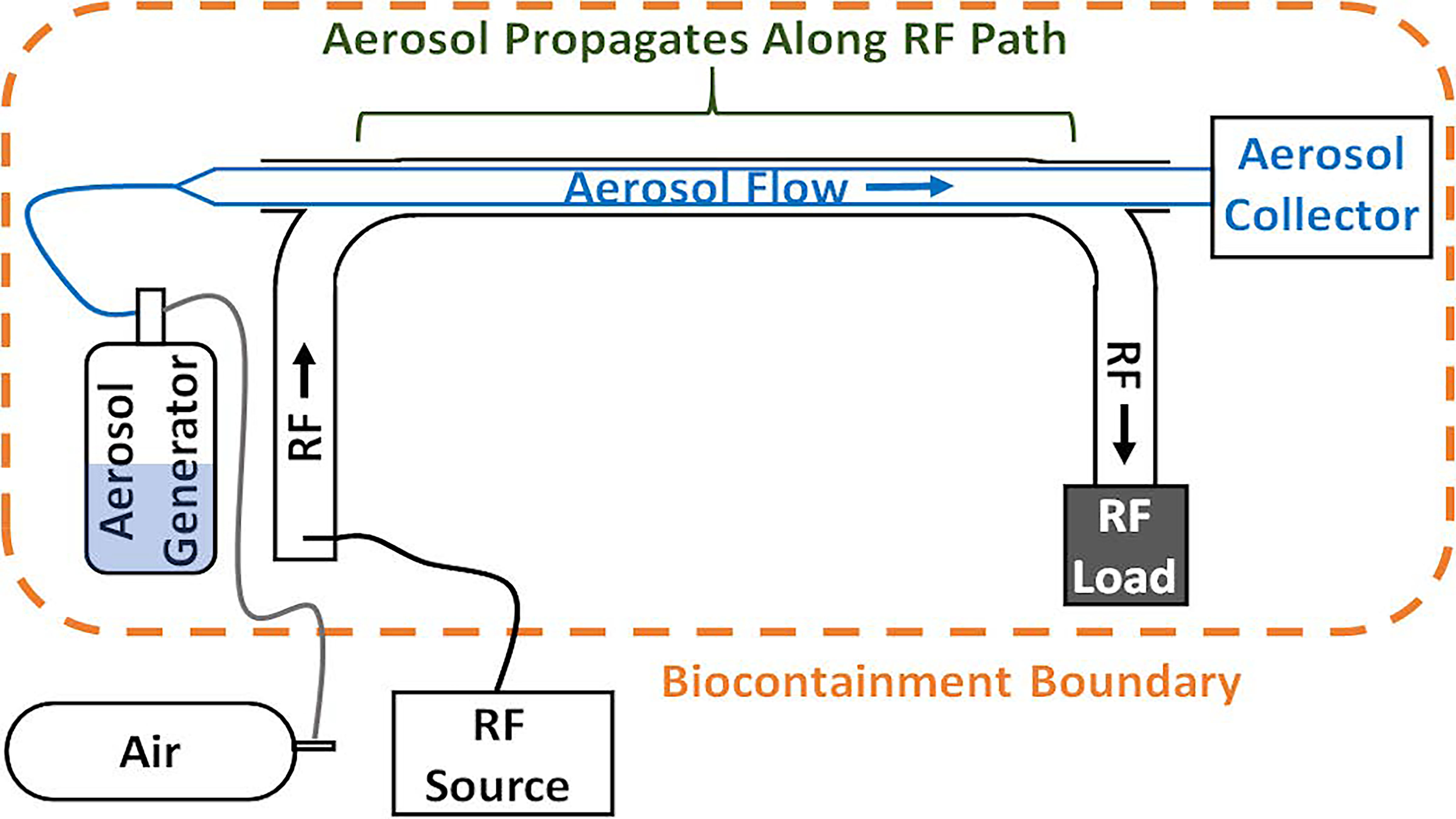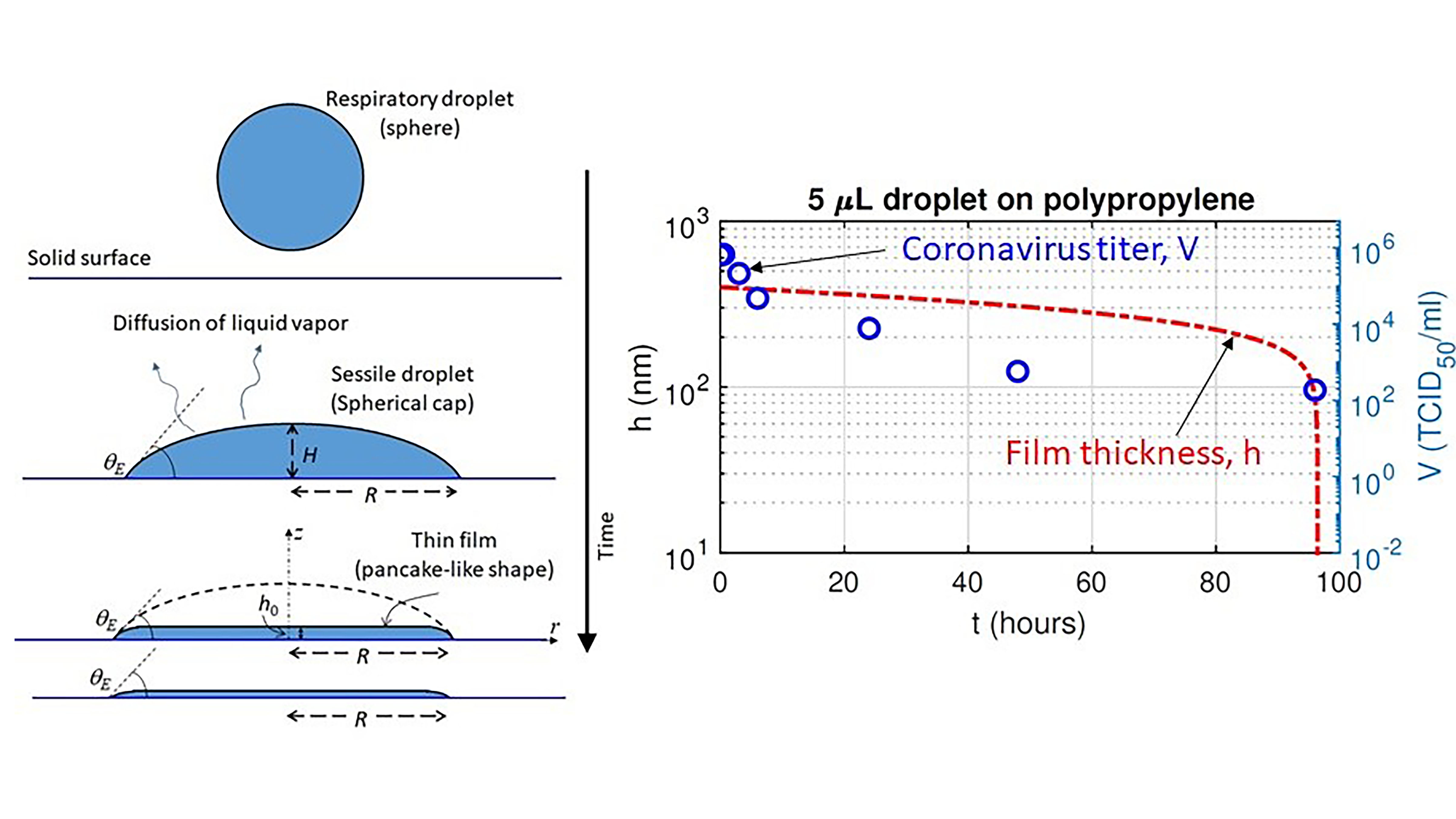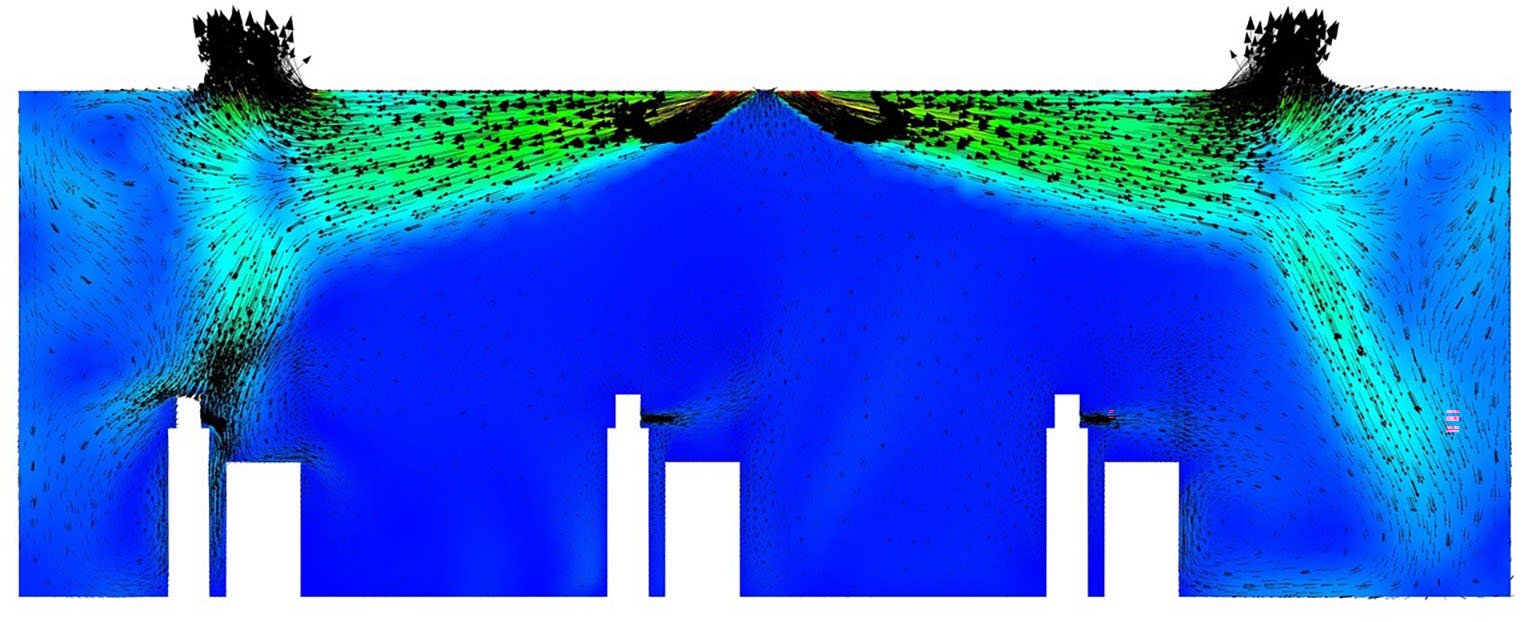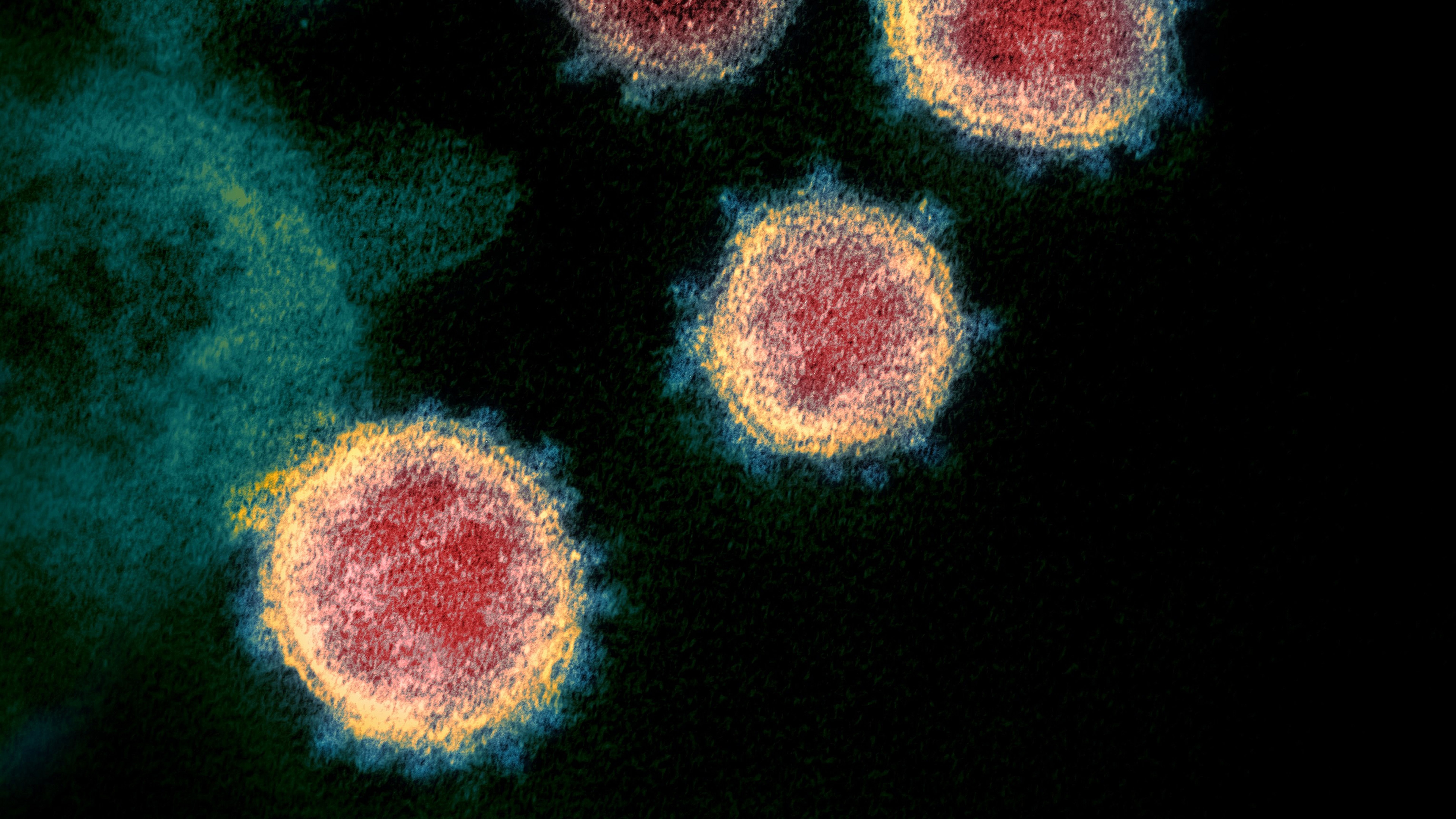The WHO and the CDC recommend keeping a certain distance between people to prevent the spread of COVID-19. These social distancing recommendations are estimated from a variety of studies, but further research about the precise mechanism of virus transport is still needed. In Physics of Fluids, researchers demonstrate normal breathing indoors without a mask can transport saliva droplets capable of carrying virus particles to a distance of 2.2 meters in a matter of 90 seconds.
Tag: virus spread

Microwaves Used to Deactivate Coronavirus, Flu, Other Aerosolized Viruses
As the pandemic continues, scientists are increasingly focused on developing methods to assist in decontaminating surfaces and spaces. In Review of Scientific Instruments, researchers report on experimental tools capable of presenting electromagnetic waves to an aerosol mixture with the capability to vary power, energy, and frequency of the electromagnetic exposure. The researchers seek to better characterize the threshold levels of microwave energy needed to inactivate aerosolized viral particles and reduce their ability to spread infection.

COVID-19 Virus Survives on Surfaces Within Thin Film
To find out how the COVID-19 virus survives on surfaces, researchers in India are exploring the drying times of thin liquid films that persist on surfaces after most respiratory droplets evaporate. While the drying time of typical respiratory droplets is on the order of seconds, the survival time of the COVID-19 virus was found to be on the order of hours. In Physics of Fluids, the researchers describe how a nanometers-thick liquid film clings to the surface, allowing the virus to survive.

Keeping COVID-19 Out of Classrooms: Open Windows, Use Glass Screens In Front of Desks
Flow velocity distribution and particle size are key in aerosol transport, which is one of the main ways COVID-19 spreads, when aerosol particles are released during exhalation, talking, coughing, or sneezing. In Physics of Fluids, University of New Mexico researchers used computational fluid-particle dynamics to explore aerosol transport within an air-conditioned classroom model. They discovered opening windows increases the fraction of particles that exit the system by nearly 40%, while also reducing aerosol transmission between people within.
Mathematically Modeling the Return to College Campuses in the Time of COVID-19
A student-built simulation shows why college campuses are particularly prone to rapid spreading of COVID-19 and reinforces the need for quick testing and symptom reporting to find and isolate infected individuals.

Story Tips from Johns Hopkins Experts on COVID-19
As COVID-19 continues to impact the world, health care professionals are finding more patients who were diagnosed with the illness but still are dealing with symptoms long after the initial infection has gone. This condition is sometimes referred to as “long COVID.”